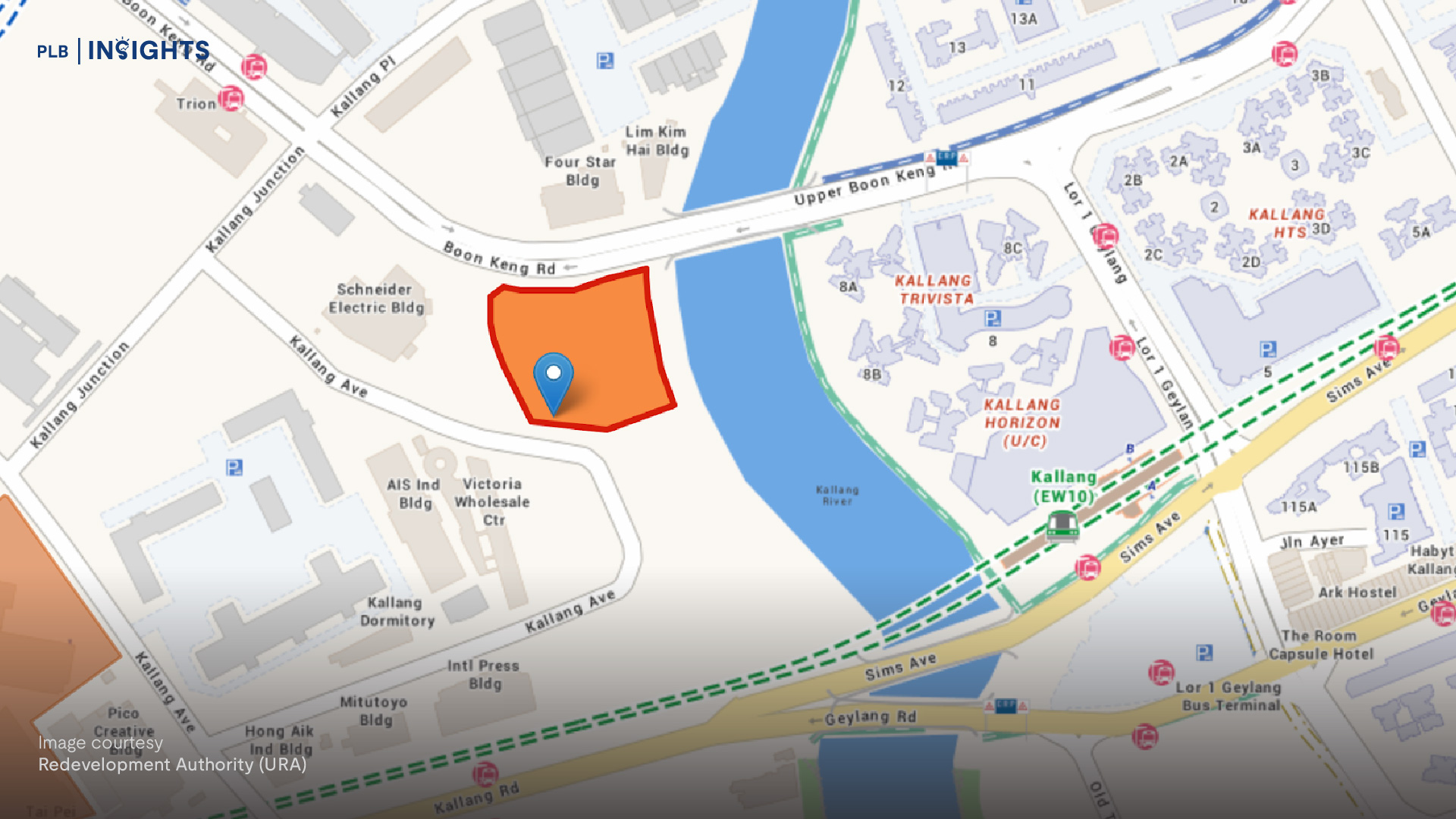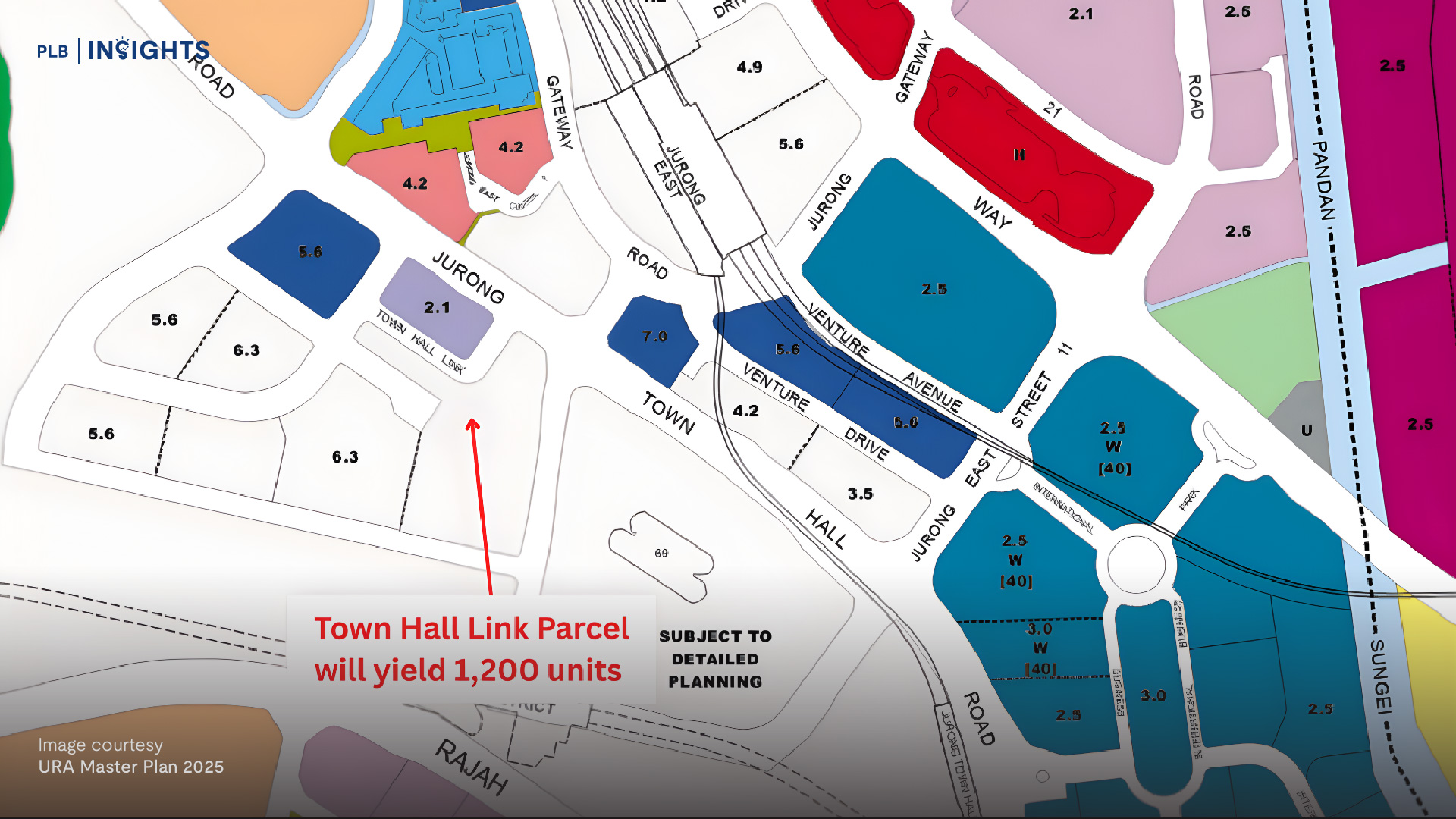
In this episode of our investors series, we dive into the 6 factors to consider when gauging for an affordable and realistic monthly instalment for the property that you wish to purchase for your current pay status.
Property purchase is one of the largest purchases and commitments a person will make in their lifetime. Hence it is important for one to be prudent in their monthly instalments.
It is highly advisable that one do their sums correctly to ensure that the monthly instalment is affordable. So how does one calculate the Maximum Monthly Instalment?
Total Debt Servicing Ratio
Using a Total debt servicing ratio (TDSR) calculator we can find out the maximum loan quantum

Total Debt Servicing Ratio (TDSR) Formula
The TDSR is calculated by taking your total monthly debt payments as a percentage of your total monthly income, as seen from the figure above. A buyer’s TDSR is capped at a maximum of 60% of the borrower’s monthly income. In other words, The TDSR limits the amount you can borrow by dictating your maximum monthly loan quantum, through ensuring monthly debt obligations account for less than 60% of your monthly income.
Total monthly debt obligations include property-related loans, any loans being applied for such as car loans, student loans, renovation loans, credit card loans, and any other secured or unsecured loans.
Depending on the exact nature of each loan, different interest rates from 3.5% to 4.5% – which are well above historical rates – are also applied to make the calculation more conservative.
Example of TDSR and Mortgage Servicing Calculation
Let us consider the following example to illustrate this concept:
Assuming a Buyer’s age of 30 years old, who is applying for his/her 1st Housing Loan. He/She receives a monthly income as an employee of $8000 with no side income, and no monthly debt obligations.




Using the formula above, we can find that the Buyer’s Calculated TDSR = 0%.
In order to calculate the available income for mortgage servicing, we can use the following formula.

From the example, If the buyer wants to apply for a property loan, the maximum amount of monthly income available for mortgage servicing would be $6000 according to the TDSR rules.
(Pro tip! You can find TDSR calculators and Mortgage Calculators online to suit your specific circumstances and automate this calculation)
Loan To Value Limit (LTV)
The next thing we have to figure out is the Loan to Value limit (LTV). LTV is the amount of loan compared to the property value is not a constant value. The LTV can vary from 15% to 80% depending on multiple variables, as a result, can have huge implications on property purchases decisions.
The table below shows a guideline on LTV limits to help you figure out what is your LTV limit.

Continuing with the example, if we were to take a maximum loan tenure of 30 years and assume a yearly interest rate of 2.5%

The maximum loan granted = $1,068,935.93, this can be calculated using a Loan Calculator.
Mortgage Calculation
Then using a mortgage calculator we can find out the monthly instalment required to pay off the loan. We can also find out the maximum price of a property using the formula below.


Using a mortgage calculator, the monthly instalment ≈ $4224, which happens to be below the monthly income available for mortgage servicing ($6000 from the example). Therefore in this example, the buyer is technically able to afford the maximum loan amount.
Take Home Salary and Disposable Income
However, As a Singaporean, part of our monthly salary is automatically taken out to be contributed towards our CPF. As such, our take home salary is as follows:

Based on information from the CPF website, out of the $8000 monthly salary, $1200 goes towards CPF contribution thus our take home cash works out to be $6800. To find out more about CPF contribution rates, head over to CPF’s website here.
For a monthly instalment of $4224, $1380 can come from your CPF*, but you would need to top up remaining $2844 in cash for your monthly mortgage instalments
(*Take note that there are limits and age requirements to how much CPF you can use for your home and the maximum CPF OA monies that you can use for your home. To better understand the details, you can check out “How much CPF savings can I use for my property purchase?” You can also check out the CPF Housing Usage calculator to calculate for your specific situation*)
The maximum monthly instalment that your salary can afford you may not be practical in reality. One would also have to consider other miscellaneous costs involved in purchasing a property such as Buyer’s Stamp Duty, Additional Buyer’s Stamp duty, MCST management fees, and Property Tax. In order to figure out a realistic and affordable monthly instalment for your current pay status, we have to pay attention to the following main overarching idea.
1. What amount of disposable income are you comfortable living with?
The maximum monthly instalment that your salary can afford may not be practical because we have to consider the other expenses that you may encounter from other areas of your life.
As such we need to decide first what is the amount of disposable income that allows you to live comfortably.
In a Singaporean context, the Disposable income refers to the income that an individual or household has left to spend after income taxes and CPF contributions have been made. For this article let’s consider that the disposable income is also after having paid your monthly mortgage instalments.

Following the example from above,
-
Disposable income = $6800 – $2844 = $3956
In order to decide what amount of disposable income is something you can live with comfortably we can work backwards by taking a look at what monthly liabilities that may be incurred in the future to calculate an affordable, realistic monthly instalment for your current pay status.
Considering that the disposable income is meant to cover monthly liabilities, we can consider the following factors to calculate the amount you need to cover.
In summary:

2. Car loan instalment
If you were to intend to have a car in the future, it would be a great idea to consider the monthly car instalments that you would have to pay that can potentially dent your disposable income.
Pro tip: If you are considering buying a car, you might want to consider purchasing the car after securing your property purchase as having car loans would affect your TDSR and thus LTV ratio.
3. Insurance premiums
Another area of expenses we have to consider is the existing amount of insurance premiums that you have to service if any.
4. Commitments to parents / family
We may want to allocate a portion of our disposable income to our parents as allowance.
And for a family with children, another area of expense to consider is the pocket money that is given to each child.
5. Necessities
We also need to consider the amount of money spent on groceries, clothing, and other utilities such as water, electricity and phone bills.
6. Savings / Investments
Not to mention that it may be a good idea to have remaining disposable income after all expenses have been made to save up for the rainy days and/or invest for the future.
This list of factors is non-exhaustive, there may be other miscellaneous factors such as unforeseen circumstances and expenses that you may wish to consider such as one-off expenses such as hospital bills or furniture purchase.
Conclusion
Some property buyers often overestimate the amount of monthly instalments that they can make, as such feel the financial burden and end up unhappy with their purchase.
Hopefully, this article has been informative and helps you to gauge an appropriate monthly instalment using the factors listed in the article. Need more guidance? Feel free to reach out to our PropertyLimBrothers Buyers’ Consult team. Click here to contact us now!
This article is written in conjunction with our #InvestorsSeries on Youtube. We drop nuggets of wisdom for you to learn more about Singapore’s property market! From frequently asked questions to market analysis, we’ll take you through them all with the PropertyLimBrothers team.
Ps: Place this hashtag #InvestorsSeries in front of any questions you might have for us in our comments section below, or feel free to email us at [email protected]. We would love to answer your queries surrounding property investing in Singapore!
Want to find out if age affects your mortgage loan for your next home? We delve into that in our insights article here!
Interested in finding out the key factors in considering if you should buy a property to rent out? We delve into that in our insights article here!
To check out our Investors Series Season 1 click here! And for Investors Series Season 2 click here!








